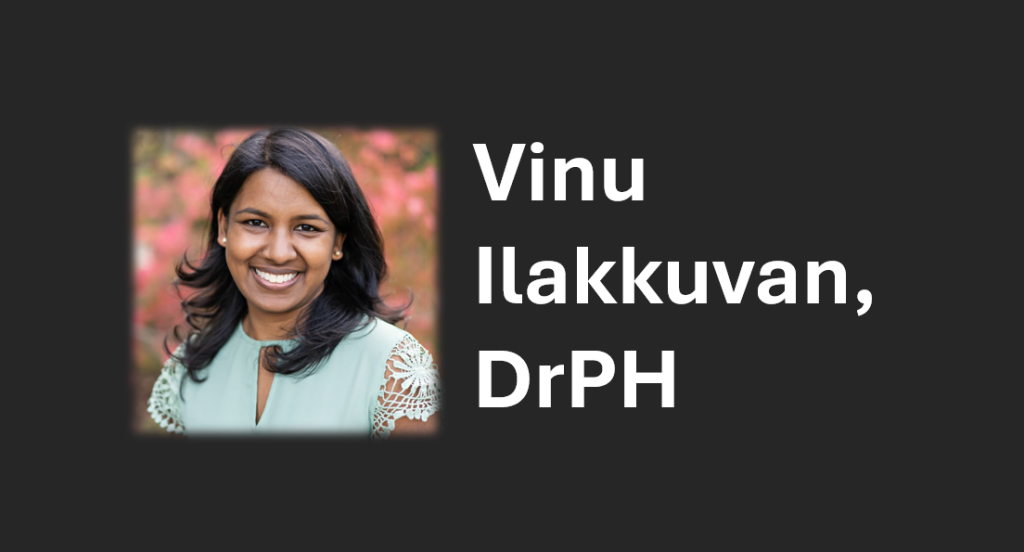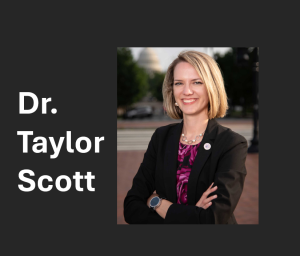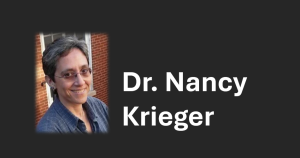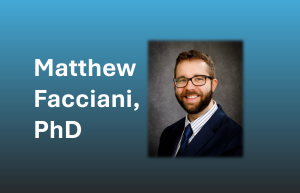
A conversation with Vinu Ilakkuvan
What if the root of our health crises isn’t just personal behavior, but power?
Public health leader and changemaker Dr. Vinu Ilakkuvan is reshaping how we talk about health — and who’s really responsible for harming it. Through her new platform, GASLIT, she exposes corporate gaslighting and amplifies community stories of resistance, organizing, and structural change.
In this conversation, Vinu shares what inspired GASLIT, how campaigns like the Pittsburgh water fight succeeded by shifting power, and what health departments, academic institutions, and everyday people can do to move from awareness to action. Her message is clear: real health justice requires naming power — and redistributing it.
What inspired you to launch GASLIT, and how does it shift the way public health conversations typically address corporate power?
I’ve spent my career working alongside communities to transform the systems that shape our health. But again and again, I saw something missing from the conversation: the outsized role of corporate power — and the urgent need to rebuild community power.
GASLIT aims to fill this gap, calling out corporations for destroying our health, blaming us, and distracting us from realizing it AND sharing stories and strategies for how communities can come together to fight back and win.
Many public health conversations fail to explicitly address corporate power. And the ones that do are often couched in academic jargon or hidden in the pages of academic journals. GASLIT brings this conversation to the public, with plain language, compelling imagery, and powerful storytelling.
The Pittsburgh water campaign is a powerful example of community action. What made that coalition successful, and what can other cities learn from it?
A few key things played into their big win:
- They were already rooted in the community. Pittsburgh United was a coalition of community organizations that, well before this particular water crisis, had already been engaged with the city’s water authority around a clean rivers campaign, and separately, had been working on expanding affordable housing with the very same communities now most impacted by water shutoffs and rising water costs. This meant they had relationships and trust, with both the community and the water authority. They also had understanding and practice actually doing the organizing and communications work.
- They built a diverse coalition. They were able to convene community groups from across the city (many of whom were already part of their existing campaigns around clean rivers and affordable housing). Their coalition included a wide range of groups and advocates that cared not just about water, but housing, economic justice, and environmental justice. This both made them a larger team and made others in the community and city council pay more attention to them.
- They played the inside-outside game. The coalition recognized the importance of finding allies inside government and knew from its work on clean rivers which state water authority employees were sympathetic to their cause. By working with the state water authority, the coalition was able to get them to take helpful steps (e.g., creating a community advisory committee to oversee the public water utility, establish flexible payment plans, etc.).
There are some key relationship-building lessons here that other communities can learn from. Building relationships (both internally within your coalition and externally with government and other stakeholders) is a long-term endeavor, so start now and keep at it for the long-haul, even as the specific issues you are working on evolve or change. And make sure you are building relationships that are both deep and diverse in nature.
You’ve said health isn’t just about personal choices—it’s about power. How does that reframe the role of public health professionals today?
Public health professionals can’t just be focused on changing individual behavior, and to be fair, most are not! I do think there is a sense in the public health field that health isn’t just about personal choices and that it is about the conditions where we live, work, and play, which are shaped by policies, systems, and environments. Those are all pretty fundamental tenets in any public health degree program, training, or job.
What I don’t hear often enough in the public health field though, is the truth that those policies, systems, and environments are shaped by POWER. If we really want to transform the health of communities, public health professionals need to name and address power head on – and I think reducing corporate power and strengthening community power are the key power shifts we need to reclaim our health, planet, and future.
The coalition used an inside-outside strategy to drive change. What can health departments and academic partners learn from that approach
They can learn to strategically leverage partnerships to do the things that they cannot do! Health departments and academic partners each have their own constraints on what they can and cannot do, say, pay for, advocate for, etc. They also each have their unique strengths in terms of the role they play and the information and knowledge they hold. I would love to see health departments and academic partners forge deeper, stronger partnerships with community coalitions and advocacy groups, providing key data and information. Academic partners can share evidence-based information about what works; health departments can share knowledge about by whom/when/how decisions are made and policies are implemented; and both can share relevant data and analyses. Coalitions and advocacy groups can be a key partner in turning the science/data/work of health departments and academic partners into actual change in the community, but it requires establishing meaningful partnerships.

Public health professionals need to name and address power head-on — and I think reducing corporate power and strengthening community power are the key power shifts we need to reclaim our health, planet, and future.
You often focus on big for-profit corporations, but are there ways that large nonprofits or health systems can act in similarly harmful ways? How should we hold them accountable?
Yes, 100%. They might not be directly manufacturing harmful products, but they can still cause harm through their procurement, hiring/workforce, environmental, financial, governance, community engagement, and other practices, as well as through their relationships with corporations and government.
On top of this, especially because there isn’t a single, direct outcome measure like there is in the for-profit arena (i.e., profits to shareholders), large nonprofits and health systems (and government agencies, I might add) are not often held accountable for being ineffectual in their stated goals.
Because nonprofits and health systems actually do have a stated goal of supporting the health and wellbeing of our communities (unlike for-profit corporations), it should – in theory – be easier and more compelling to call them out for failing to fulfill their entire reason for existing.
I think holding large nonprofits and health systems accountable for the harms they cause looks much the same as holding corporations accountable: we have to call out their harm explicitly and publicly and we have to build community power to fight back strategically and consistently.
For people feeling overwhelmed or unsure where to start, what’s one practical step they can take to build community power and push back against harmful systems?
Especially in this political moment in the U.S., I’ve been hearing from so many friends and colleagues who feel deeply frustrated and sad by what’s happening but are also feeling powerless to fight back. My hope with GASLIT is that it can convey a sense of hope and community power – together, we CAN do this.
Two practical steps to get started as an individual (sorry I couldn’t keep it to one!):
- Text your neighbors, your local friend group, your book club, your church group, your basketball team, whoever your people in your local community are. Find a time to get together IRL and be intentional about what you’ll do in that time. Here are some options to consider: check in on how they are, discuss how you all can help each other, share how connected you each feel to your community (and what might help strengthen that), and find out if there are any local policy issues folks are interested in working together on. Whatever set of questions feels right for your particular group, explore them. Before any meaningful organizing or joint action can happen, you have to feel a sense of community and connection.
- See when your next local school board, planning commission or health coalition meeting is and put it on your calendar to attend (take a neighbor with you if you can!). Before you have a sense of what to advocate for locally, you need a lay of the land, an understanding of the key players, and more information about the pros and cons of various policies under consideration. Before you can have your voice heard, you have to be present and informed.
You’re Missing the Headlines That Matter
Critical science is unfolding—are you in the loop?
Each week, This Week in Public Health delivers need-to-know insights that shape policy, practice, and community health. If you’re not reading it, you’re already behind.👉 Subscribe for free now to stay ahead.
Share this blog—someone you know needs to see it too.



